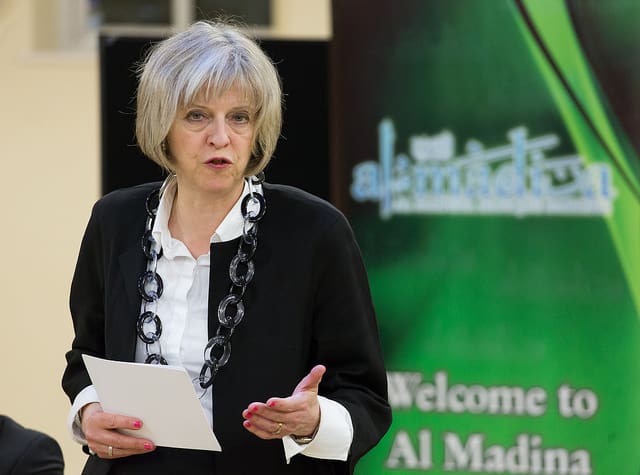On Monday 3 April, the Conservative government announced it had sold more of the public’s shares in Lloyds Banking Group. And it proudly said that it had reduced our shareholding in the bank, after we bailed it out in 2008, to less than 2%. But not all is as it seems with the sale.
A dodgy deal?
After the 2008 financial crisis, the then-Labour government made the public ‘bail out’ several banks. These included the Royal Bank of Scotland, Northern Rock, and Lloyds. The latter got around £20.3bn of public money, to essentially stop it going bust. But since then, successive governments have been selling off the public’s stake in the bank.
The current government sold a major tranche of public shares on 9 January. Around 700 million shares. They were worth around £481m, based on the Lloyds share price at the time [paywall]. As a result, UK Financial Investments (UKFI), which manages the government’s stake in Lloyds, cut its holding from 6.93% to 5.95%.
And now, with this latest sale, the Economic Secretary to the Treasury, Simon Kirby, said:
I welcome this further progress in returning Lloyds to the private sector. We have now recovered over £20 billion for the taxpayer and are very close to recovering all of the money taxpayers injected into the bank during the financial crisis.
But “recovering” all of the £20bn the public forked out for Lloyds is not quite the case.
Eye-watering figures
Because Labour made the public bail out the banks, it and successive governments have had to borrow more money to do so. Since the 2008 crash, public debt has exploded; increasing by over 50%, to £1.73tn.
The UK government gets this money from various sources. These include the Bank of England, foreign countries’ national banks, private financial institutions, and insurance and pension funds. But the pubic doesn’t get this money for free. We have to pay interest to the people we borrow it from. This fluctuates on a yearly basis, and is lower than most Annual Percentage Rates (APR) on high-street loans, credit cards etc. But it still adds up.
Since 2008, the public has paid a total of £349.8bn in interest on government debt. Yearly, debt repayments average out between 2-3% of Gross Domestic Product (GDP). This is the “effective” cost of borrowing, or the APR. And the equivalent APR for government debt, averaged out, would be 2.66%.
The public. Counting the cost of Conservatives’ and bankers’ greed
So essentially, if the government has paid 2.66% APR on the money it borrowed to bail out Lloyds, it will have cost the taxpayer over half a billion pounds. Money the government fails to mention.
Also, in November 2016, the Office for Budget Responsibility said the public would be £27bn worse off because of the bank bailouts.
As The Canary previously reported, the government used the Easter break to bring in cuts to Personal Independence Payments for 160,000 people. And this move is under the guise of ‘austerity’, caused by none other than the bank bailouts of 2008. The government has used austerity to decimate public services, cut countless public sector jobs, throw families into abject poverty, and attack disabled people and society’s most vulnerable citizens. While the financial cost of the government’s ‘saving’ of Lloyds Bank may be around £500m, the real cost to people in the UK is immeasurable.
Get Involved
– Read more articles from The Canary on austerity.
Featured image via MoneyBright / Flickr
















